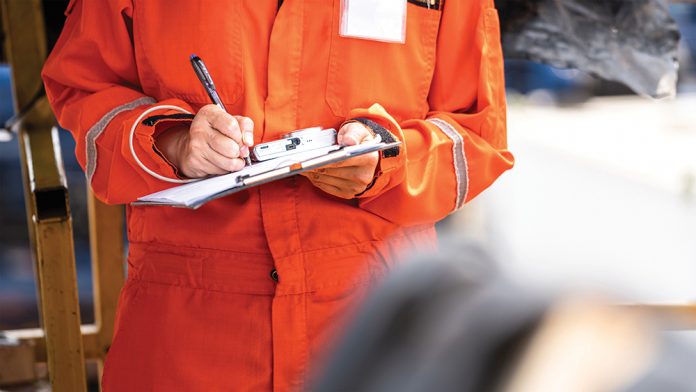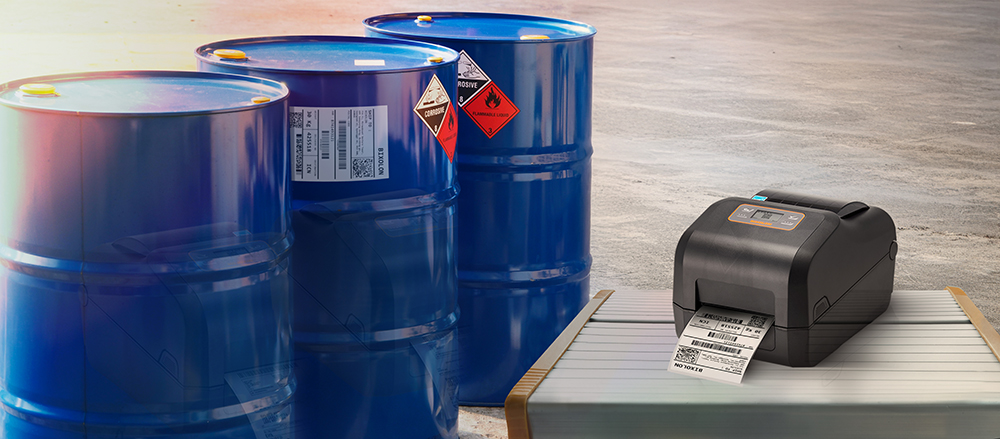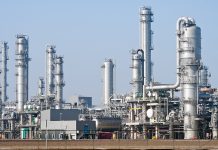The Dangerous Substances and Explosive Atmospheres Regulations 2002 (DSEAR) is a set of rules and regulations which must be followed by employers to ensure risks from fire, explosion and similar events are sufficiently reduced.
DSEAR applies to all workplaces where dangerous substances are present, used, or produced. A dangerous substance can be any substance that has the capacity to create a fire or explosion or result in the corrosion of metal. These substances are inclusive of flammable liquids, gases and dusts. DSEAR assessments are required to be carried out by not only large corporations, but also medium and small sized businesses. Employers must reduce the risks associated with the dangerous substances by:
- Identifying all dangerous substances produced, used or stored onsite, including potential mixtures of incompatible substances.
- Assessing the risk in the workplace due to dangerous substances.
- Classifying those areas where explosive atmospheres may be present.
- Introducing control measures to eliminate or reduce the risks.
- Ensuring control measures are in place to mitigate the effects of any incident.
- Ensuring procedures/training are in place to deal with incidents involving dangerous substances.
In order to ensure that the site in question continues to manage their risks appropriately, it is important that the risk assessment and supporting documentation is routinely reviewed. There is no legal requirement in terms of how often a DSEAR assessment should be reviewed, however, it is recommended that at least every 3-5 years is a sensible timeframe to ensure any changes in the work environment which could increase the likelihood of a serious accident are properly considered and do not go unnoticed. It is important that this happens, as over the years lots of small insignificant changes, can creep into being cumulatively substantial ones.
There are many possible reasons which can stimulate the need for a review, one of which is changes to the plant or processes which are carried out on a plant. Not all changes are obvious, consider changes to the team, old equipment being replaced, changes to materials stored, changes to process conditions and changes outside of your control in the surrounding areas. A change to process equipment or process conditions has the potential to impact hazardous area zoning and therefore have a knock-on impact for required ignition controls. Changes to raw materials could lead to the introduction of a substance with a lower flashpoint and therefore impact zoning requirements. Changes near an establishment such as industrial developments beyond the site boundary may affect the potential consequences or frequency of ignition.
Other changes which may result in the need to review your DSEAR assessment may include a change in knowledge and understanding. This may come from wider industry research, publications or learning from incidents. Industry research may impact the extent of hazardous area zoning which has specifically been the case recently for high flashpoint liquids following research around flammability of mists.
Ensuring that effective management of change (MOC) processes are in place at the site may be an important first step in triggering the need to review DSEAR documentation. But question your process, would wider industry changes trigger a review of your DSEAR assessment? How do you keep up to date with industry news and learnings from incidents?
It is important that any DSEAR assessment is reviewed at regular intervals, to ensure it remains fit for purpose. Only when hazards are properly understood are they effectively managed. The review process should go beyond a paper exercise. Reviews are a great opportunity for continued risk reduction. Technology is always improving, meaning that since your last review there may be better measures available to you.
James Park and Carolyn Nicholls










